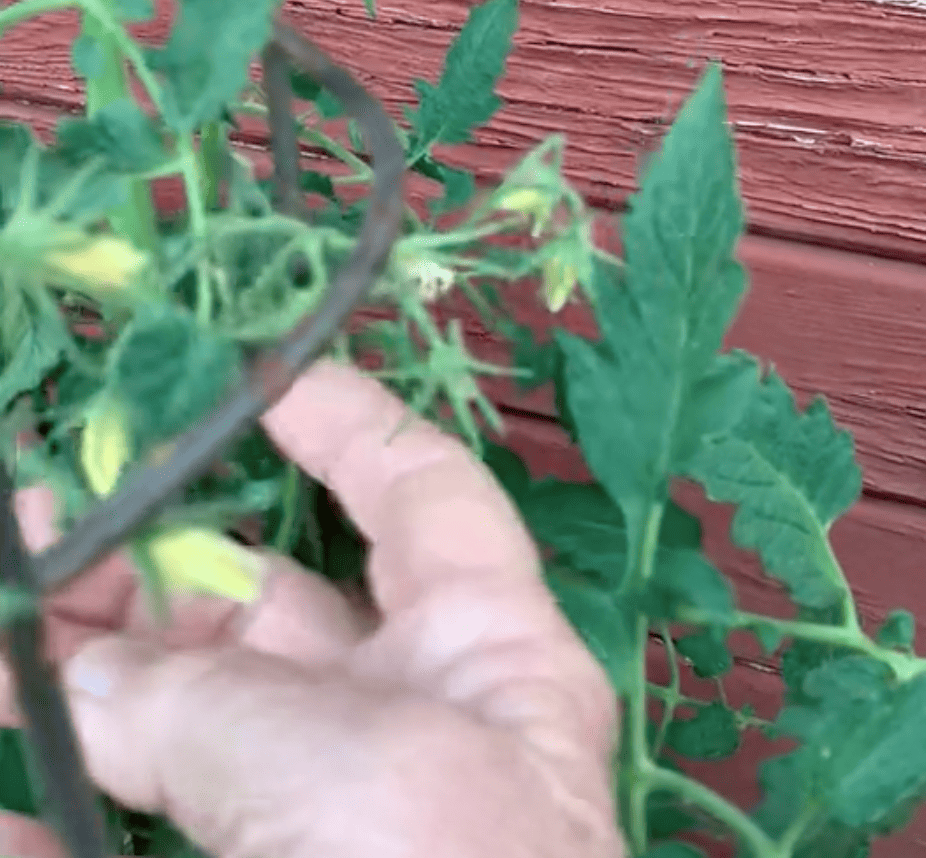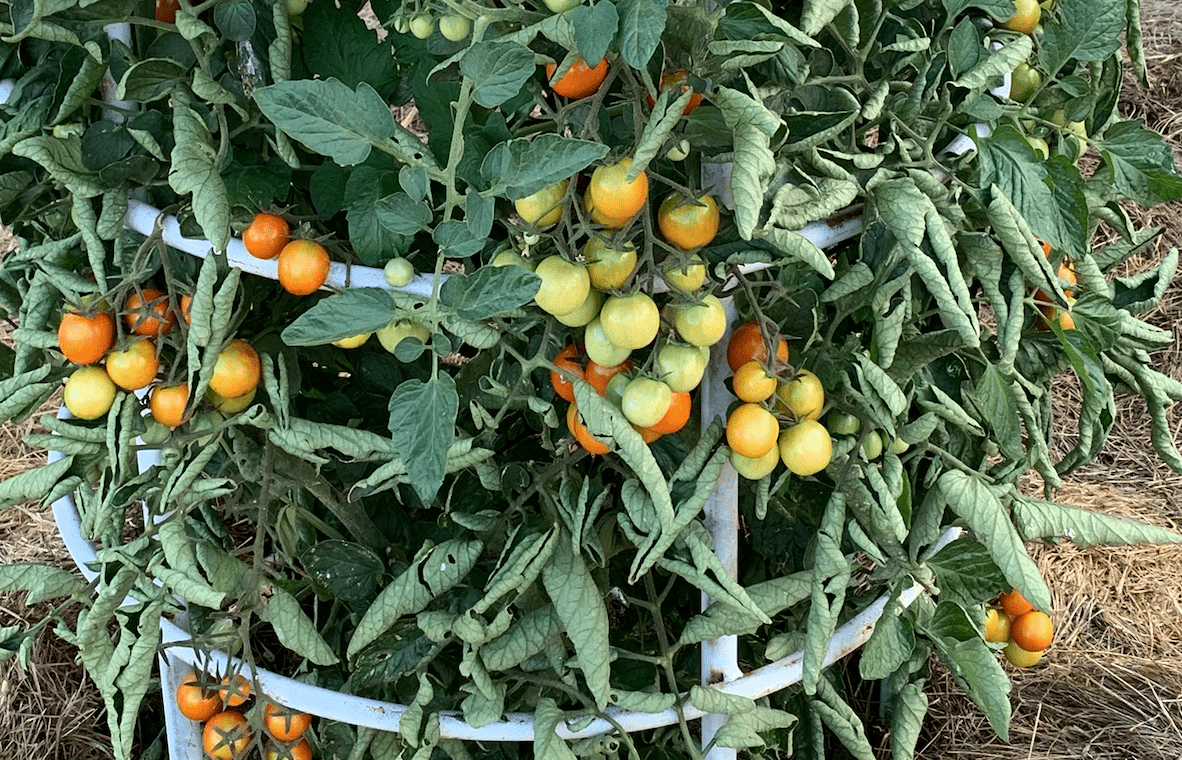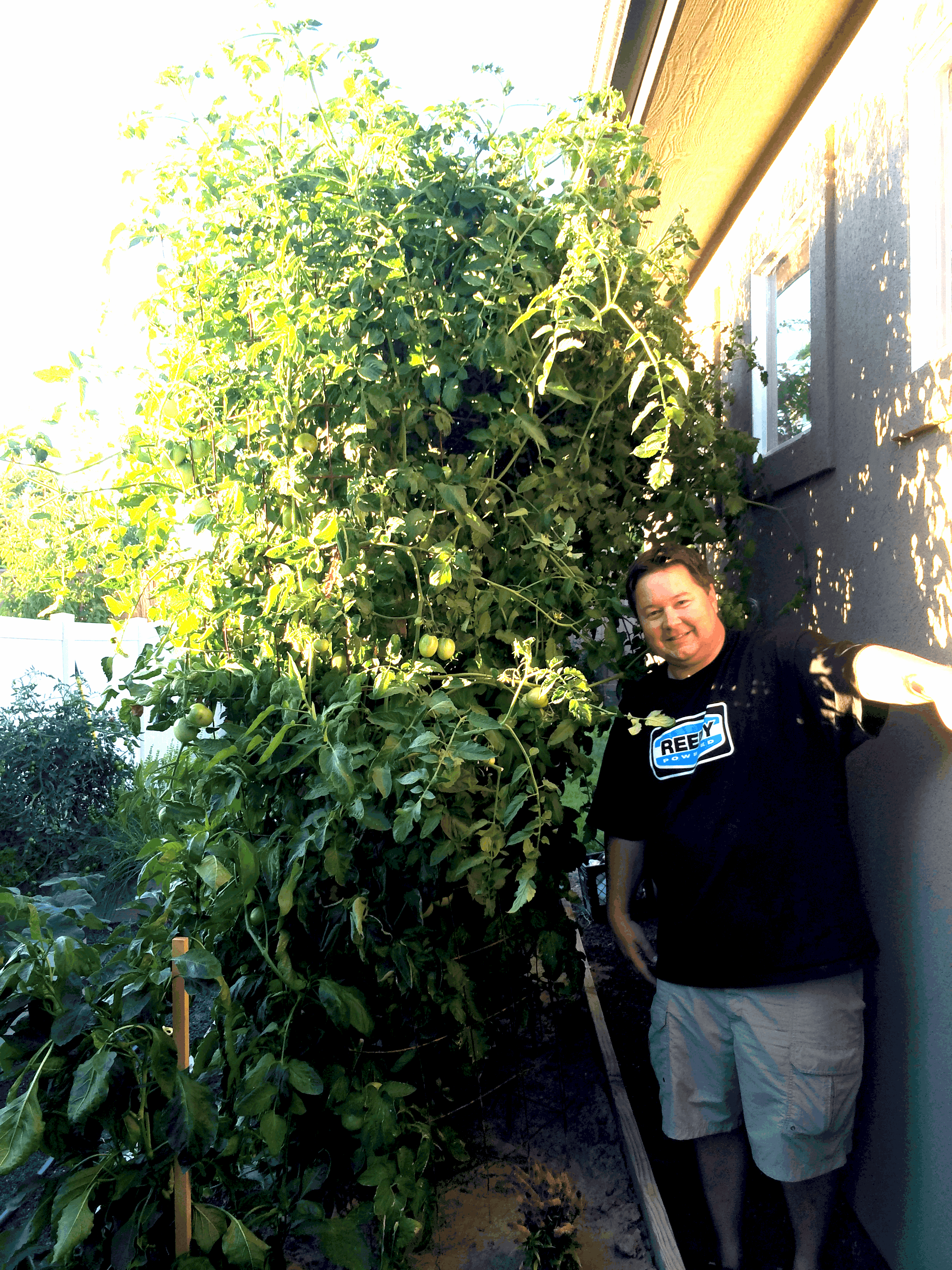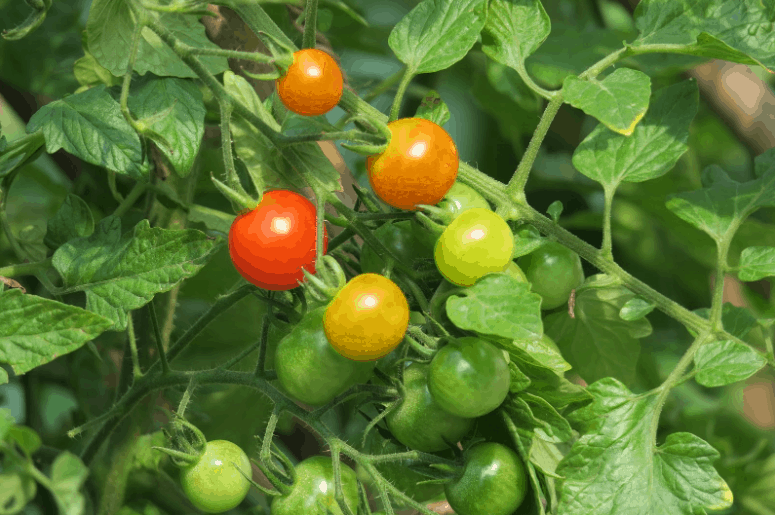Growing great tomatoes usually includes the use of fertilizer that supplies nutrients the plant needs to thrive and produce plentiful fruit. In order for fertilizer to be beneficial, it must be applied correctly to prevent damage to the plant in the form of fertilizer burn.
How does fertilizer burn occur?
Fertilizer burn is a condition that occurs when a plant’s foliage is burned or scorched because of improper or over-fertilization. Most fertilizers contain large amounts of salts, which are intended to supply the plants with nutrients has they dissolve in water. Unfortunately, salt also draws moisture out and can prevent plants from absorbing the water that they need. Excess fertilizer can build up in the soil and cause dehydration in plants, leading to symptoms of fertilizer burn like brown or yellow leaves, root damage, stunted growth, leaf drop, and die-back.
Many people think that fertilizer is good for plants, so more fertilizer must be even better. This is simply not true. Plants need sufficient nutrients, but they also need the right balance. Some things that gardeners may unknowingly do to cause fertilizer burn on tomatoes are:
- Adding too much or too concentrated fertilizer
- Performing multiple applications too close together
- Using too much slow-release fertilizer that builds up in the soil over time
- Fertilizing very dry soil or soil that does not drain well
- Applying fertilizer to wet foliage
How do you prevent fertilizer burn on tomatoes?
Determine Soil Needs
Figuring out exactly what nutrients your soil needs is a good place to start when it comes to deciding on fertilizer. Soil tests are easy and inexpensive to have done and can tell you what nutrients your soil needs to achieve proper balance.
Improve Your Soil
Rich, healthy soil is one of the best ways to ensure healthy plants. You won’t need nearly as much fertilizer if your soil is good. You can improve soil by adding organic compost, the right kinds of manure, bone meal emulsions, and important trace minerals. Dr. JimZ Chicken Soup for the Soil is a great choice.
Choose the Right Fertilizer
Most mainstream fertilizers use chemical based nitrogen, phosphorus, and potassium (NPK). These fertilizers tend to deplete the soil of carbon and other trace minerals, which increases the chance of disease and pest problems. To combat these problems, farmers and gardeners use more pesticides and fungicides, leading to flavorless fruits and vegetables. Use of chemical fertilizer becomes a vicious cycle.
If at all possible, you should choose an organic, all-natural fertilizer for your tomatoes. This type of fertilizer adds valuable trace minerals back into the soil, releases the nutrients slowly and steadily over time, and massively decreases the risk of fertilizer burn on your plants. Tomato Secret is the perfect all-natural fertilizer for your tomato plants. You will find that you grow healthier tomatoes with better color and taste if you use the best tomato fertilizer.
Apply the Fertilizer Correctly
When using fertilizer at planting time, mix it in with the soil to create layers of nutrients. If you are using a chemical fertilizer, put a layer of soil between the fertilizer and the plant to prevent root burn. For applications throughout the rest of the growing season, you can side dress your tomato plants. Make a ring of fertilizer about 6 inches away from the plant, being careful to avoid getting fertilizer on the leaves or foliage. After applying fertilizer, give the plant a good watering to help activate the fertilizer.
You should never apply fertilizer when your plants are wet because it will activate any fertilizer that gets on the leaves or stem and cause leaf burn. It is also a bad idea to apply fertilizer to extremely dry soil because the plants will try to suck up too much of the water, and in turn, may get too much fertilizer as well.
What can be done to treat fertilizer burn?
If you accidentally apply too much fertilizer and notice symptoms of fertilizer burn, there are a few things you can do to try to mitigate the problem.
- Scoop up all the excess fertilizer that you can see on the ground (for dry fertilizer)
- Flush the soil with water to help leach the chemicals and salts
- Cut off leaves that have been severely burned
- Wait longer to fertilize again so that the plant’s roots have time to recover
- In severe cases, you may need to transplant the plant or replace the top soil
By following these simple prevention tips, you shouldn’t have to worry about fertilizer burn on your tomatoes. For great tips and advice on growing the best tomatoes, check out drjimz.com.
Example of a leaf with fertilizer burn by Fenrisulfir [CC BY-SA 3.0 (https://creativecommons.org/licenses/by-sa/3.0)]



